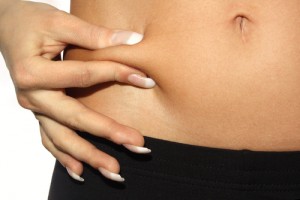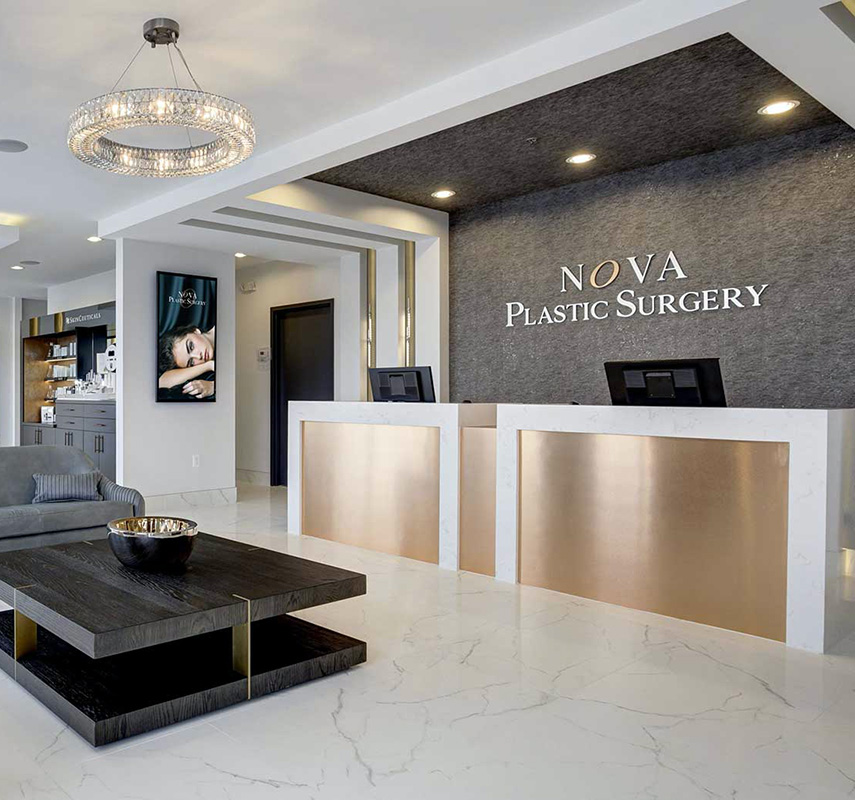
Liposuction, also known as lipoplasty, is one of the most effective surgical methods of getting rid of unwanted fatty pockets that are not responsive to traditional methods of diet and exercise. Whether these areas are caused by heredity, body changes after pregnancy, aging, or other factors, liposuction can be used to restore your body to the contours you desire.
When deciding whether or not to undergo liposuction, having the most information possible is essential. Details about the procedure can help you come to an educated decision, along with the help of your surgeon. There are a few different forms of liposuction, and your surgeon will help you decide which one is most appropriate for you.
Types of Liposuction
The most common form of liposuction is suction-assisted liposuction. A small, straw-like instrument is inserted into the fatty pocket via a small incision and moved back and forth by the surgeon. This breaks up the fat cells, which are then vacuumed out. The instrument is also known as a cannula. Sometimes, a large syringe is used to remove the fat cells instead of a vacuum.
Suction-assisted liposuction has another slightly different variation: power-assisted liposuction. This form utilizes a mechanized cannula that moves, so the surgeon doesnt have to make as many back-and-forth motions to break up the fat cells.
Another form of liposuction is ultrasound-assisted liposuction. In this procedure, the cannula emits ultrasound vibrations that liquefy the fat cells, which are then suctioned out of the body. This form of liposuction is beneficial on the more fibrous areas of the body (such as the upper portion of the back). The ultrasound vibrations can also be applied externally, instead of using the internal cannula.
Tumescent liposuction involves the injection of a mixture of saline, epinephrine, and a pain medication into the fatty pocket before the surgeon begins removing the fat. This slight variation of the procedure helps minimize blood loss. It also helps relieve discomfort the patient may experience after the procedure is over.
Liposuction Recovery
Recovery times will vary from patient to patient, but you can generally return to work within a few days. Patients may experience some soreness or discomfort for up to two weeks following the procedure. Patients can usually return to their full schedule of activities within two weeks, as well. There may also be a bit of bruising or swelling experienced. Your surgeon can recommend the medication to take to combat any discomfort. You may also be asked to wear a compression garment during recovery.
Click here to visit our liposuction page and view a liposuction animation or read liposuction FAQs.
If you’re interested in coming into our Northern Virginia plastic surgery practice for a consultation, call (703) 574-2588 or click here to set up a consultation.
Follow NOVA Plastic Surgery on Twitter and Facebook!


